The upcoming new revolution
A.I, internet of things, smart technology, drones, you may have heard of all these common topics of discussion lately, but what would all that mean? Primarily, we are slowly coming to the 4th industrial revolution. It's a revolution with many drastic changes in the way we live, think, and work as technology becomes more cohesive as part of our society. The architecture industry, as we know today, might soon see many new changes and practices as the 4th revolution. New challenges are bound to arise, yet also new opportunities and possibilities in this field.
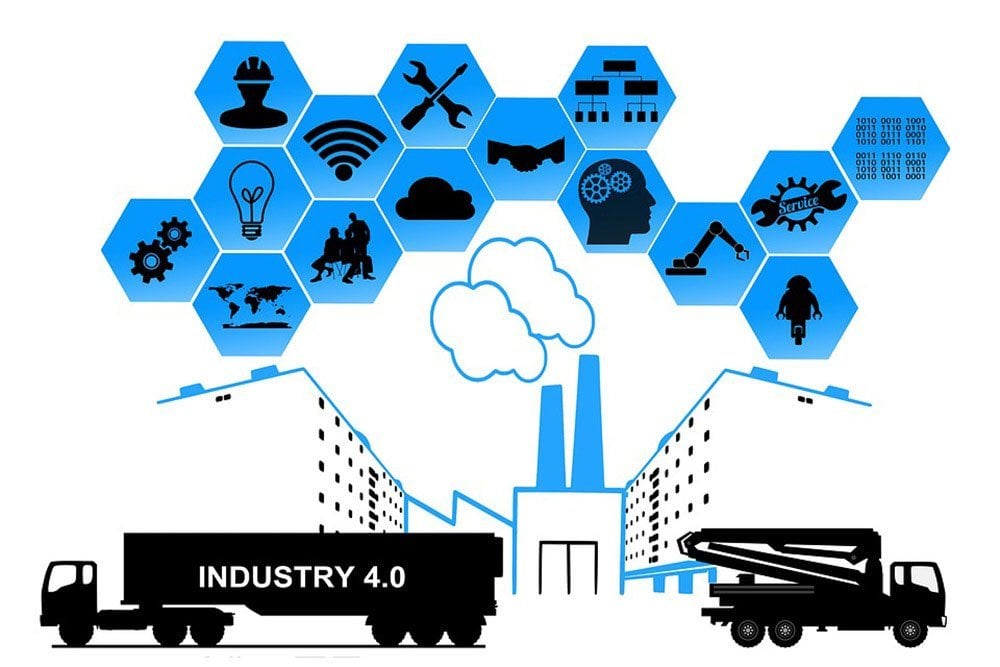 An overview of things to come in the new revolution
An overview of things to come in the new revolution
Immersive Technology/Virtual Reality (VR)
While VR is usually associated with the gaming industry, the architecture industry has also seen a corresponding rise of VR and immersive technology incorporation. Picture this, walking around a virtual 1:1 scale 3D mapping of your latest architecture model and interacting with the spaces around. Both architects and their clients would be able to simulate the environment or any possible errors, rather than through assumptions and guesses. Some architects have also tried creating 1:1 scale architecture models solely in VR than physical model mock-ups, for a better grasp of the architecture's environment.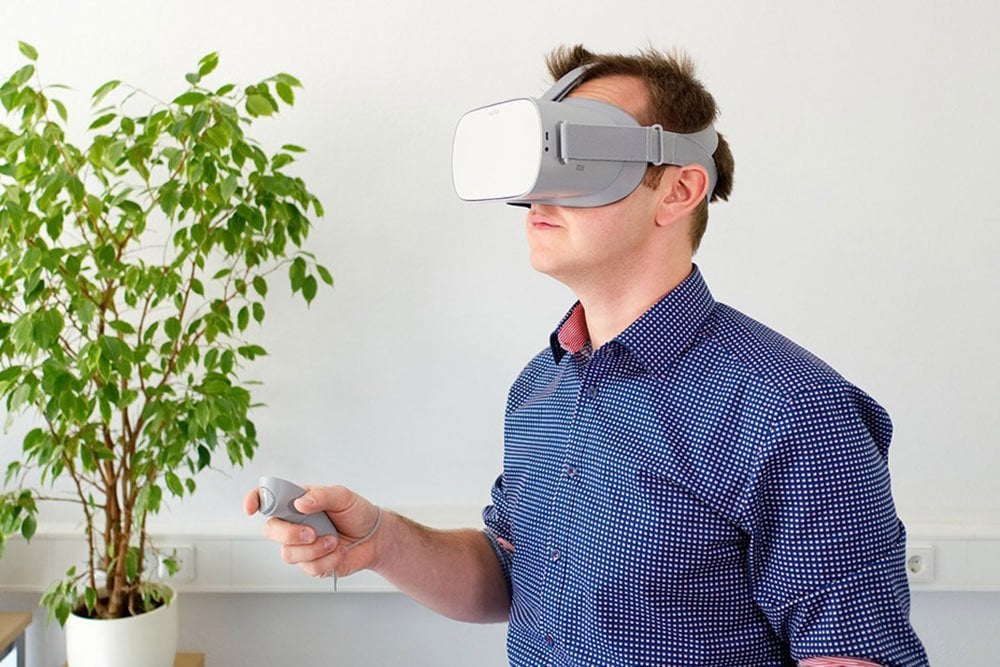
VR to "interact" with a virtual environment.
That is just a few possibilities of how immersive technology is helping in the architecture industry. There are also already uses of VR for collaborative team projects. With a single BIM model, team members can access that model in VR to also experience the architecture themselves. They're also able to edit the model or highlight areas of the model each member is to work on virtually. It allows for more productive and real-time collaboration between teammates while getting to understand their model's environment better.
Collaborations Between Specializations
In the past, architects had a lot of freedom to create stunning architectures. However, in today's era, architects may soon be collaborating more with people of different professions to meet the rising demand for more sustainable and complex architectures. People in the fields of social anthropology & environmental science have been known to be involved with architects on many projects lately.
 Discussions in a collaborative project
Discussions in a collaborative project
What this means for the architecture industry, architecture projects might become more team-based than individual-based. Project works would have a broader range of people from different fields, especially for projects needing diverse expertise. Collaboration allows for architects to be able to still meet the rise of unique & sustainable architecture, at the same time gaining insights and connections with those of other fields.
Smart Cities & Sustainable Architecture
With technology advances and environmental sustainability, architecture is also tagging along. Smart cities revolve around the idea of rethinking cities and the usage of technology. Renewable energy, system technology management in homes, inclusive design solutions, etc. are some examples. There is more emphasis on meeting various user demands through advancements in architecture while minimizing resources and improving efficiency.
Similarly, sustainable architecture focuses on ways of making architecture more sustainable for the environment, in rising concerns with reducing climate change.
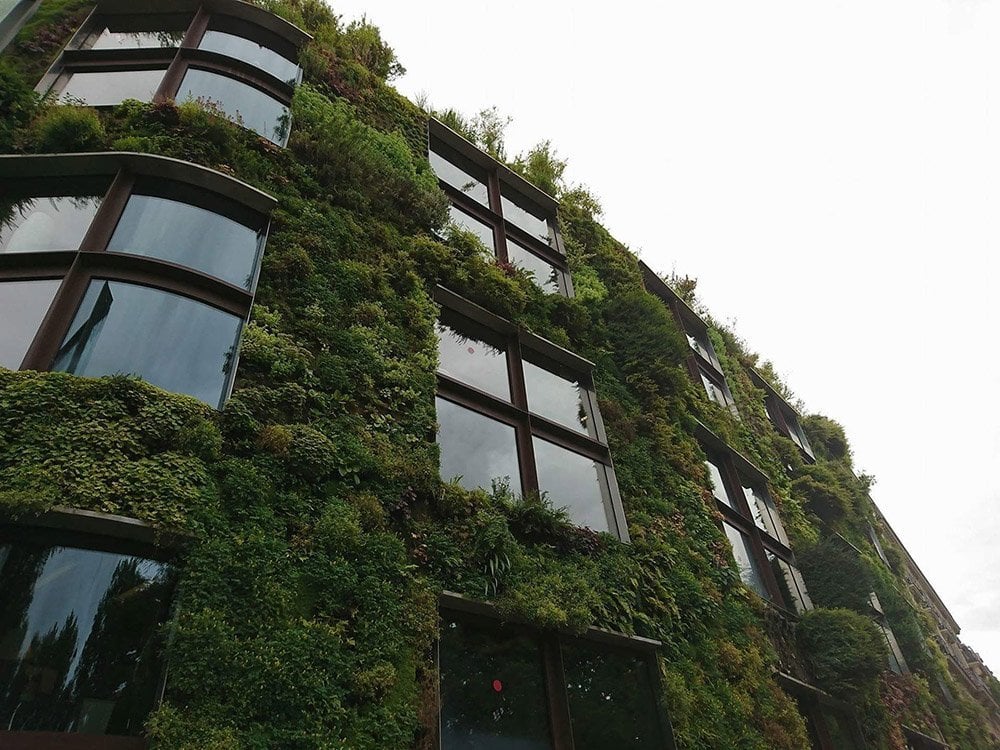 Vertical gardens that wrap a building's exterior
Vertical gardens that wrap a building's exterior
There are already many early signs of this trend in play, such as garden building hybrids, innovation, and re-imagining of composite/natural materials for construction. It creates architecture that makes use of the surrounding environment to channel natural wind ventilation through the building than air conditioners. With many natural resources running out, and many new sustainable innovations in architecture, the practice of sustainable architecture has much potential yet to uncover.
Smart Space Architecture For Small Spaces
A constant growing population, but fixed and shrinking land size, is a significant problem many countries are slowing facing, especially the smaller countries. Architects are challenged to come up with new and creative ways of space-saving architecture to accommodate the populous, including commercial and agricultural, for the increasing populous. Vertical Architecture, versatile small interior spaces, vertical farming/gardens are some examples of small space solutions.
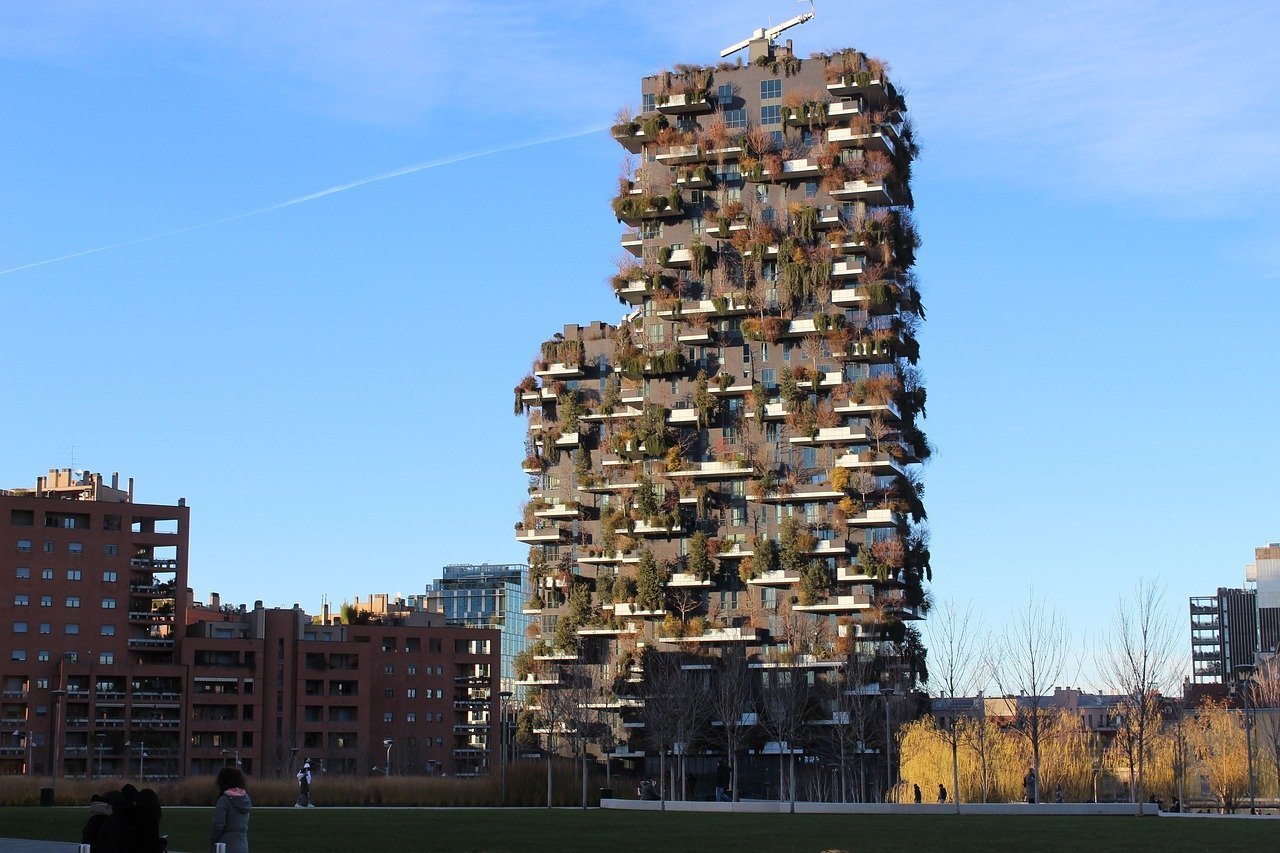 Small clusters of plants and gardens on every unit floor
Small clusters of plants and gardens on every unit floor
Some architects even experimented with vertical architecture such as the Suite Vollard and Dynamic Tower, two residential buildings with individual rotating floors that are controlled by the residents. With shrinking spaces gaining traction all over the world, architects exploring other means of countering this problem are happening. The exploration resulted in concepts like buildings built on top of existing ones or buildings on sky bridges that weave through existing commercial buildings, and the list goes on.
Parametric Architecture
In this era of improving computing capabilities, software with the capacity to create absurd yet feasible architecture and design may not be too far away. Parametric architecture is one of the latest rising trends in architecture, a design algorithm through codes. With a given set of algorithms, the system can create all sorts of unique models, patterns, and structures, which were thought to have been impossible to create before.
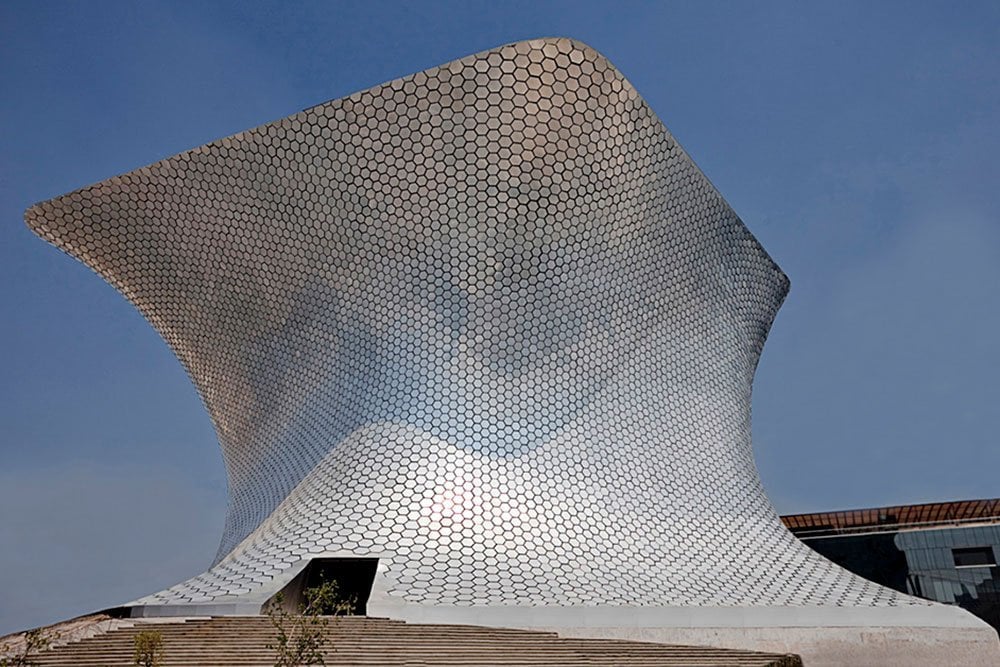 The Museo Soumaya, located in Mexico
The Museo Soumaya, located in Mexico
The fun factor of parametric architecture is the ability to manipulate and tweak the codes or add constraints to create more new forms or adjust what's already generated. Some iconic architectures designed through parametric are the Museo Soumaya in Mexico and the Metropol Parasol in Spain. With the endless number of codes, adjustments, and bizarre outcomes possible, its no wonder parametric architecture is gaining a lot of attention lately.
3D Printing
Despite 3D printing being used solely on consumer products, that same technology is slowly making its way into the architecture industry as we speak. Advancements with 3D printers and their technology have opened many new opportunities to use this technology in various sectors. 3D printers could soon be a new rapid model making means, printing precise scaled-down models quickly. The model allows better checking for any flaws in a small scale model to be improved early.
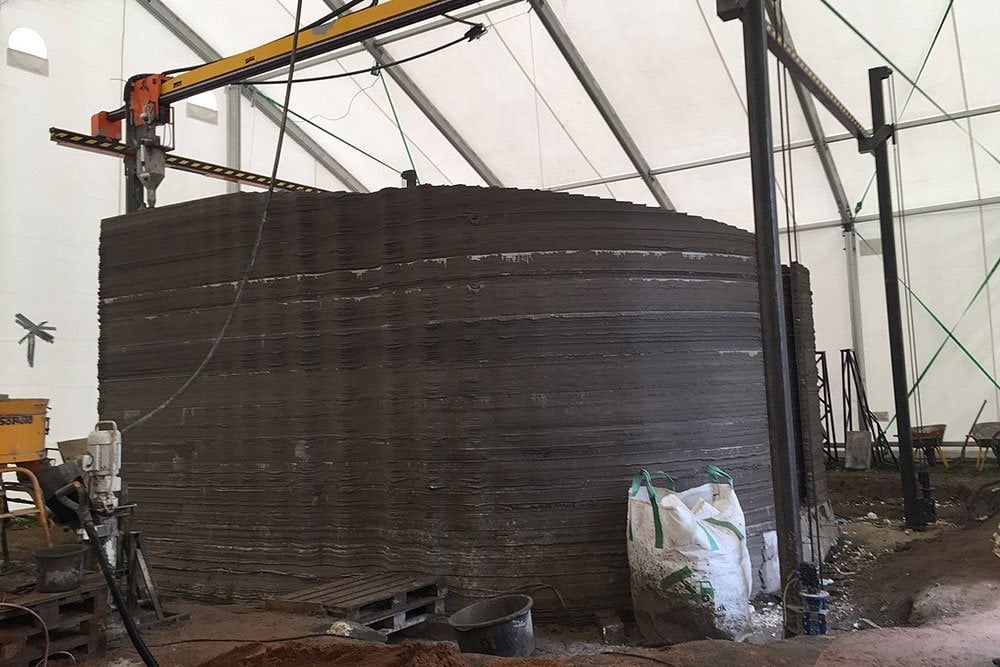 A 3D printed wall section of the BOD, Europe's first 3d printed house
A 3D printed wall section of the BOD, Europe's first 3d printed house
Some companies are also already testing 3D printing on architecture, such as printing out decorative yet sturdy wall segments and even actual architectures like small pedestrian bridges and home. Combine this with Parametric Architecture, and who knows how endless the possibilities of generating and printing all sorts of unique structures are there. While still in its test phases, 3D printing undeniably would change the way how architecture construction is going to be like in time to come. A fully 3D printed and functional building may be the next new trend.
Industry readiness
With so much exciting stuff to come, would the architecture industry be ready to tackle all these new challenges and potentials? The future of Architecture may turn into a more extensive verse of various fields from within, with many more skills and knowledge to be gained and explored. While not as into the future as being able to create say hovering architectures, who knows? There might be the next discovery or breakthrough around the corner as more architects slowly adapt to these new changes, and more technology and practices develop in the industry.










